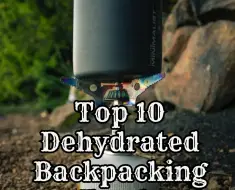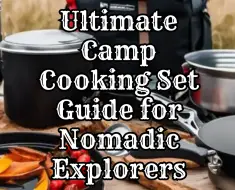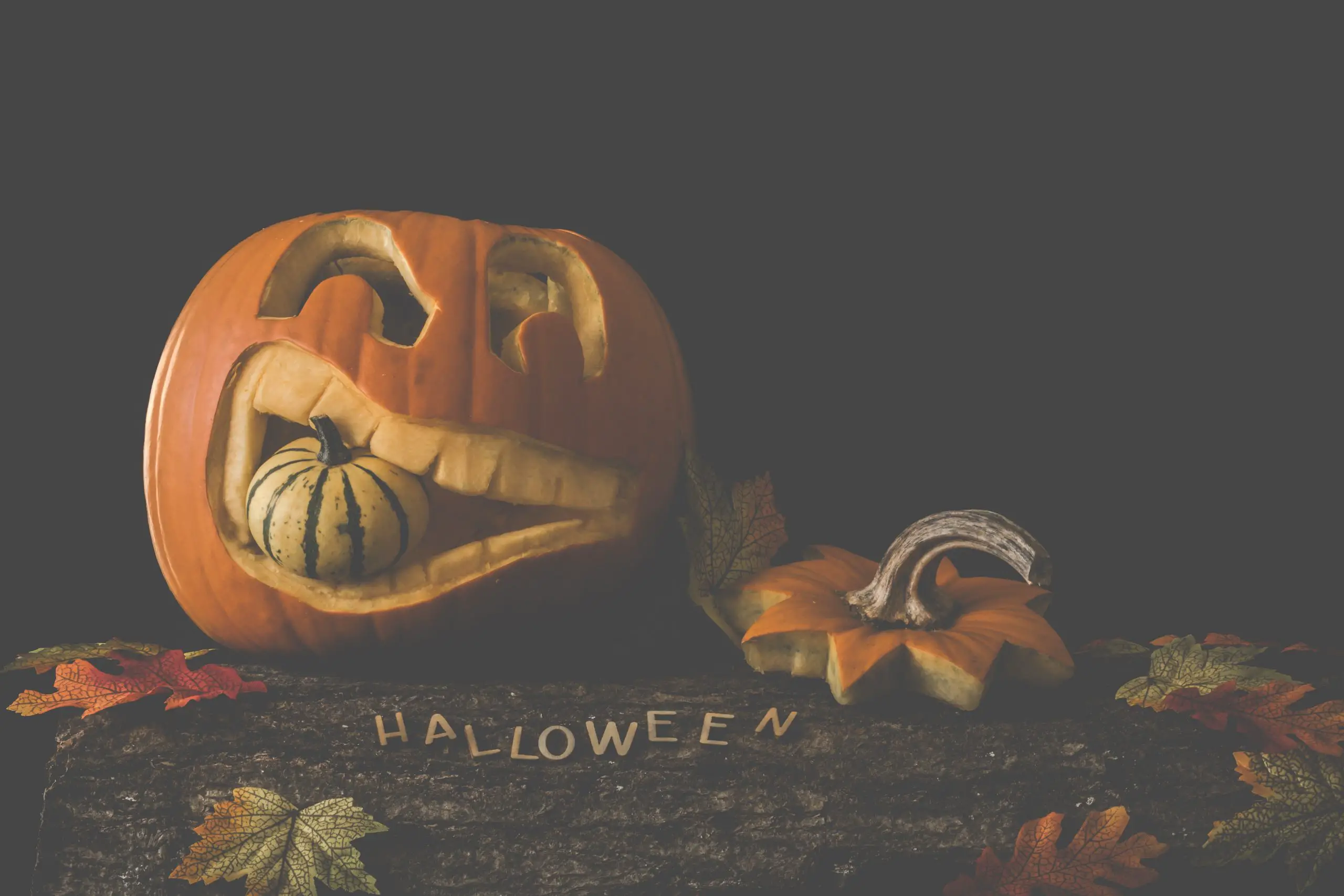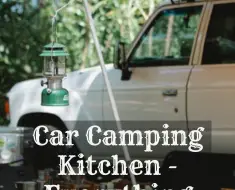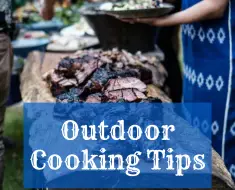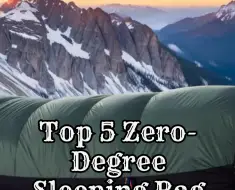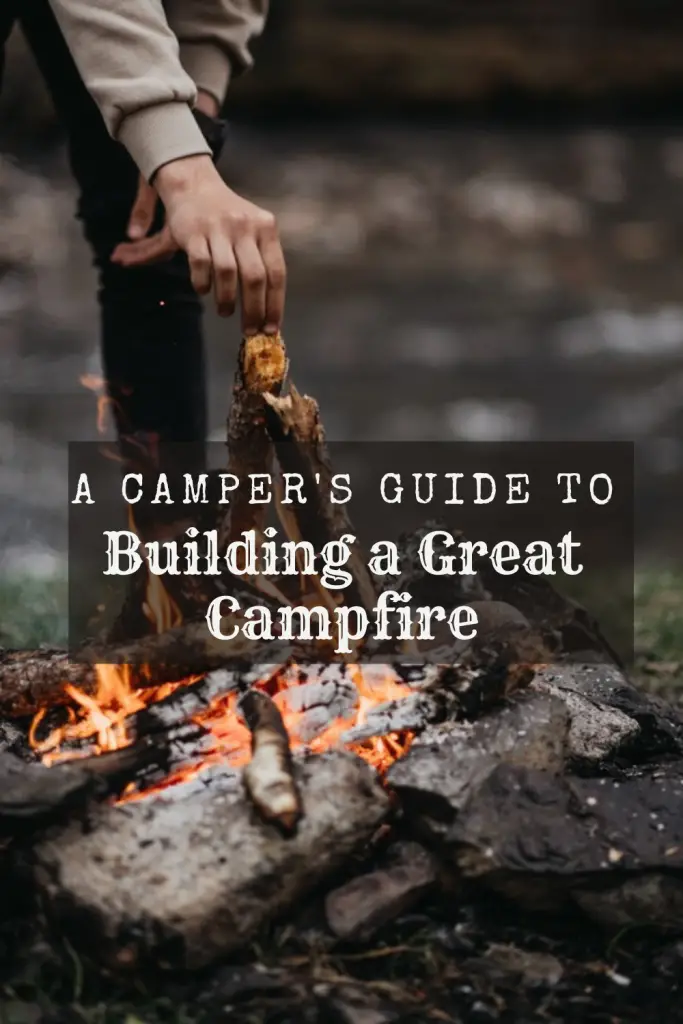
Building a great campfire for your camping trip isn’t just a fancy party trick to impress your fellow campers. Most camping gear today makes traditional campfire building look paltry and tedious, knowing how to build a proper campfire can spell the difference between life and death in extreme circumstances. In the older, simpler, and less complicated days, when matches and gas torches were but luxuries, building a proper campfire was essential to any outdoor activity. This was where everyone sought warmth against the cold environs, and where people found the means to cook a warm dinner for everyone. Night temperatures can be very unforgiving, and campfires provided a means for everyone to gather around and warm up. Aside from the heat, campfires also repelled wild animals. Wild dogs, lions, and other beasts are not keen to approach a campfire. That is why campfires were always left burning well into the night. Are you ready to keep the wild animals at bay or learn to start cooking over a campfire? Then follow these tips for building a great campfire!
Take these stories along with you to tell around your great campfire!
The Anatomy of Building a Great Campfire
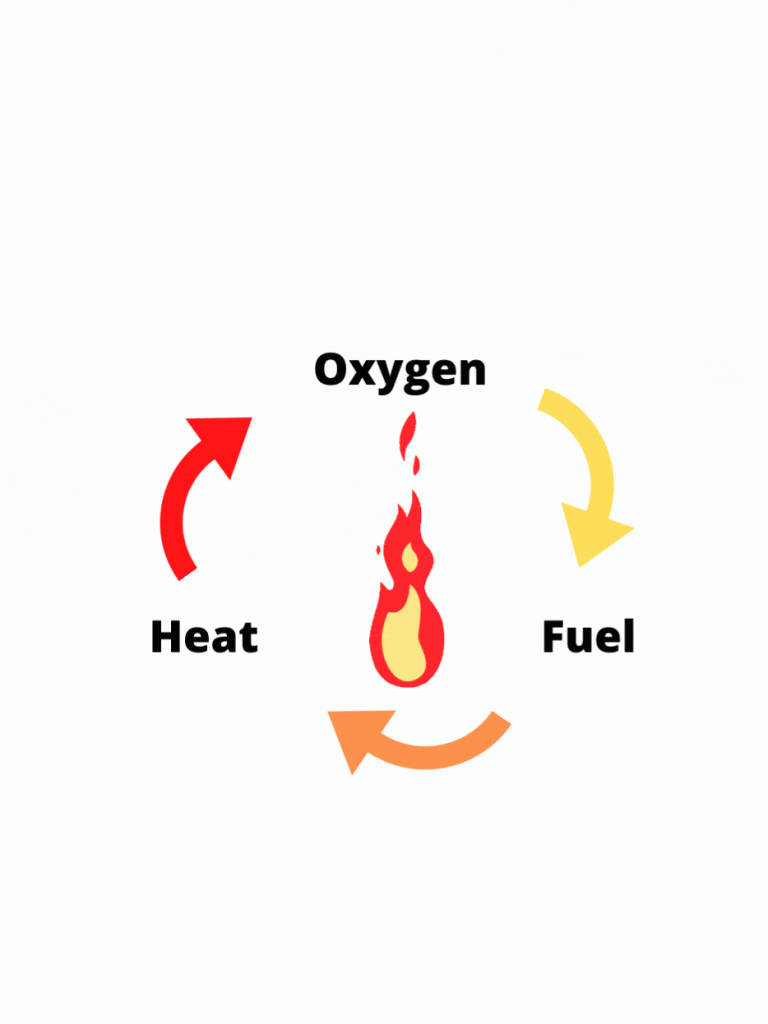
While the art of making campfires has been all but forgotten – partly because matches have begun to seem more convenient – campfire making as a skill is still relevant and essential to any camper’s repertoire of tricks. Even with matches you still need the right items and structure.
First of all, the secret to starting campfires is to start them quickly. You can only do this if you have a firm grasp of what is needed to start a fire – heat, oxygen, and fuel.
Adding Oxygen
Oxygen, while around us, is not always readily available to the campfire, you may have to arrange the fuel in such a way that it has an adequate air supply. You may also supplement this supply by blowing into the tinder or fanning an already blossoming flame. There are even some tools that can benefit you greatly while doing this. Therefore, you won’t need to get on your hands and knees and blow till you pass out!
Generating Heat
Heat is usually generated for campfires by friction. You will probably use an assortment of methods to generate this heat – rubbing two sticks together, using steel and flint, and other techniques. These other techniques make life easy! Reach for those matches. However, this won’t give you a glorious fan of flames if you don’t have the right fuel.
Supplying Fuel
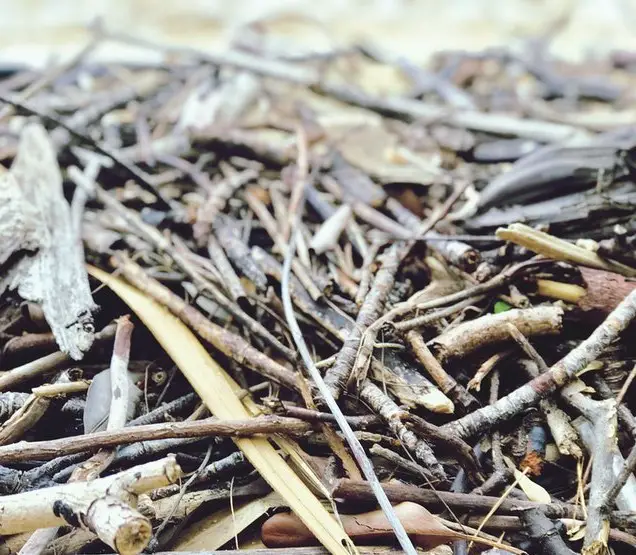
Fuel is what keeps your fire burning, and finding the right type of fuel is integral to your efforts at building and maintaining a fire. Building a fire by applying the heat to the logs isn’t going to work. You will need tinder.
Tinder is an easily combustible material that will burn quickly and hopefully emit enough heat and gases to start a fire with larger pieces of wood. Ideal tinder includes dry sticks, bark, dry leaves, and twigs. Use this kindling to start the fire and to help maintain it. But remember that you can only successfully build a fire if the larger, harder-to-burn pieces of wood burn.
Sourcing Fuel for Building a Great Campfire
Getting the right fuel for your fire is important. However, you need to make sure that you check the regulations of where you are camping. In order to prevent the spread of invasive species and diseases, it is important not to bring wood from other locations. Instead, you should use the wood that is provided by the campground. If allowed, and it is becoming very scarce, you can collect wood from your surroundings. In either case, make sure that you are following the rules when collecting firewood!
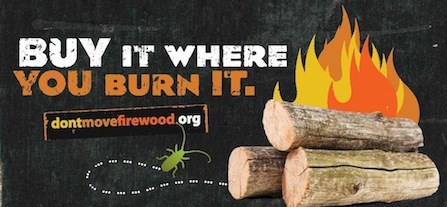
When sourcing your tinder, kindling, and logs make sure that you are searching for deadwood on the ground. You don’t want to cut wood fresh from trees. Fresh wood is green and full of moisture. So, unless you are trying to send smoke signals it isn’t going to burn well in your fire. Finding deadwood can be tricky as well. While you may be tempted to take right from the top it could be just as wet. If you are in a wet climate you may need to dry your wood out after collecting. Or better yet you can do a little searching and find dry wood under trees or logs that protected it from precipitation. In either case, you want to make sure you have dry wood to burn.
Designs for Building a Great Campfire
Some common designs of campfires include:
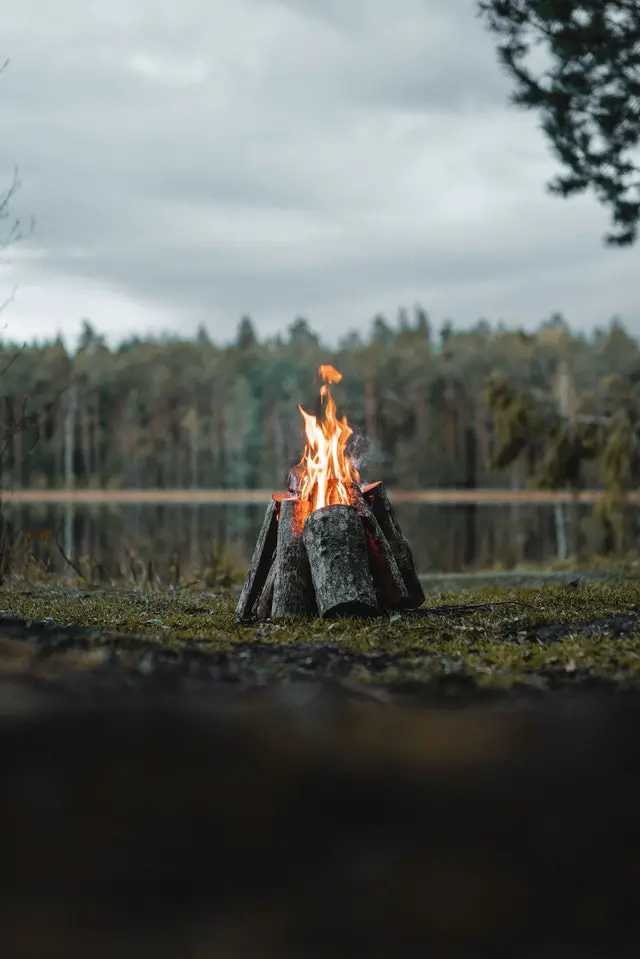
Tepee – tepees are great for quick fires, and last long into the night. It makes use of a lot of tinder, so you will need a good bunch of it. The longer burning wood is placed, balanced against each other vertically around the tinder. This makes sure that the heat and the gases of the tinder are generated in a way to helps the larger pieces of wood to burn. It is the perfect fire for boiling water and general-purpose campfires.
Pyramid – You build a ‘pyramid’ of logs by laying the logs horizontally on the ground together, then building another layer on top of the next gradually forming a pyramid. Although this type of campfire is a little hard to start up, the advantage of such is that it generates a lot of charcoal that will be useful in the future. It burns pretty well and is quite a stable fire.
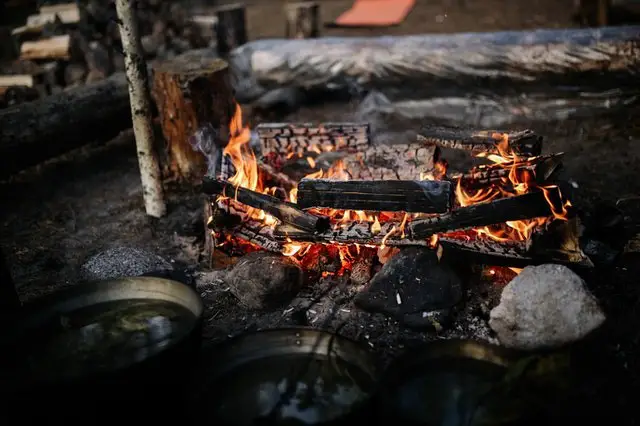
Parallel – The parallel fire puts the tinder in between two logs. This is an efficient burning fire since the insides of the log burn too – having the fire and heat going in a good, snug place between two logs.
Star – This is the type of fire you usually see in those old Western movies. The logs are laid out like spokes of a wheel. Tinder is placed in the middle. The fire is easy to maintain, although you do have to push each ‘spoke’ of the wheel towards the middle as the fuel burns up.
There are other types of campfires, all with specific purposes. But as with any outdoor skill, creating and maintaining any of them takes a lot of practice to get right.
Lighting that Fire
There are many different ways that you can start your fire. The most common is by carrying a pack of matches with you. You could also carry along one of the handy fire sticks. In both cases, these have some drawbacks. If your matches get wet they aren’t going to work. A fire stick will take up valuable space in your pack. I recommend taking along a flint and steel or magnesium fire starter often called a Ferro Rod. These work by creating sparks to light your fire. Building a great campfire using one of these starters will be quick and easy. Make sure you practice with your flint and steel at home. They can take some practice to make sparks. Once you have the hang of it you will be good to start your fire!

There are plenty of fire starters that you can use as well. I prefer to use leftover crayons, dryer lint, and an egg carton to make my own fire starters. However, there are lots on the market which do the same job. I just find it easy enough to make my own.
Fire Starter Recipe
This is super easy.
- Collect all your crayons from around the house.
- Gather dryer lint for a few weeks or months if you don’t have a lot.
- Pack the lint into a paper egg carton.
- Melt your broken and discarded crayons in a cruddy old pan.
- Pour the melted crayons over the lint.
- Let harden.
And just like that, you have your own homemade firestarters that you can break off as needed and put in your fire. The lint burns and the wax keeps it burning for a long period so that you can get your fire really going!
Remembering Fire Safety
Like mothers usually tell their kids, don’t play with fire. So even though you have to practice your art of fire building, do it in a safe and controlled environment. Treat it with respect as it has the power to save and to destroy. Remember to follow safety precautions after using a fire – douse the fire with water or bury the remains of a campfire with dirt. Fires left unattended may cause serious property damage, so always take precautions that nothing that shouldn’t burn gets burned.
Remember these Fire Safety Tips
Time for Building Your Great Campfire
You now have all the tools that you need in order to start building a great campfire. Remember to practice building the different styles of campfires. Having the skills to organize the wood in the right way will ensure you can start your fire in any condition. You will also be able to impress your fellow campers with your skill. So gather around your fire ring, build that fire, and enjoy some tasty marshmallows safely! Good luck and stay warm!
What is your favorite style of fire to build or what fire starter is your go-to? Share it in the comments below or on our Facebook, Twitter, or on Reddit!

